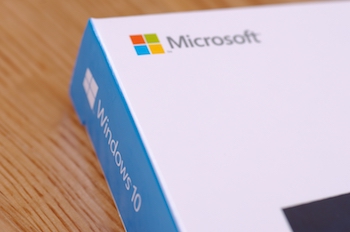Keeping up with the pace of progress

Nowhere is the pace of change more evident than in computing. That’s good in that it signifies progress. The downside is that it can also mean cost and complexity as you try to keep up.
Microsoft, as a major supplier of the software that business runs on, has acknowledged this with the announcement that the next version of its Office suite will only run on Windows 10.
Cynically, you could suggest it’s doing this because it wants everyone to invest in moving to its newest operating system. We tend to think that the truth is just as Microsoft says it; that to benefit from the best elements of progress, users need to be using the latest innovations.
New features in the iconic Office software will rely on the most versatile and modern software to run on.
This approach is underlined by Microsoft also reducing the extended support time for its next version by three years – an acknowledgement that the digital world is moving more quickly (there is five years of standard support and there used to be five more of extended support – now there will be just two of the latter).
Knowing these things is very helpful, because businesses know up front what they are investing in and over what time horizon.
Be Prepared
To be frank, if you’re in business and you’re not budgeting to keep your hardware and software moving with developments, you’re probably storing up trouble.
Of course Microsoft is trying to pull everyone with it into an ideal world of computing – the latest operating system with the latest office suite running on it. That’s easier for support and making the most of the power of the more modern product.
We all know that the real world isn’t always like that. Often you can’t simply upgrade to the newest OS because you have dedicated or critical software that relies on the version you already have.
There’s a balance to be struck and it all comes down to planning. We work with clients to find that balance in looking ahead to future needs, matching those as closely as possible to likely budget and having a predictable plan to follow.
This approach avoids many of the potential failures or other surprises and ensures any change is expected by everyone it might affect. It’s great for business continuity.
Don’t be one of those businesses that lurches from one failed system or broken network to another. Take control and, like Microsoft, plan for a future that holds new and fascinating possibilities in an ever-developing digital world.
